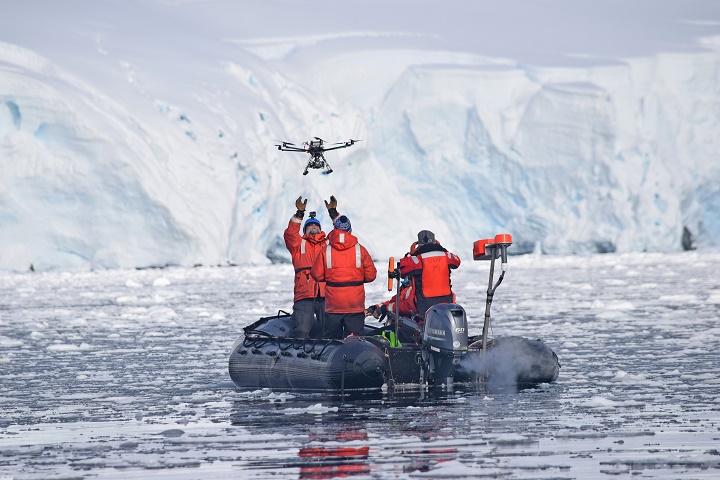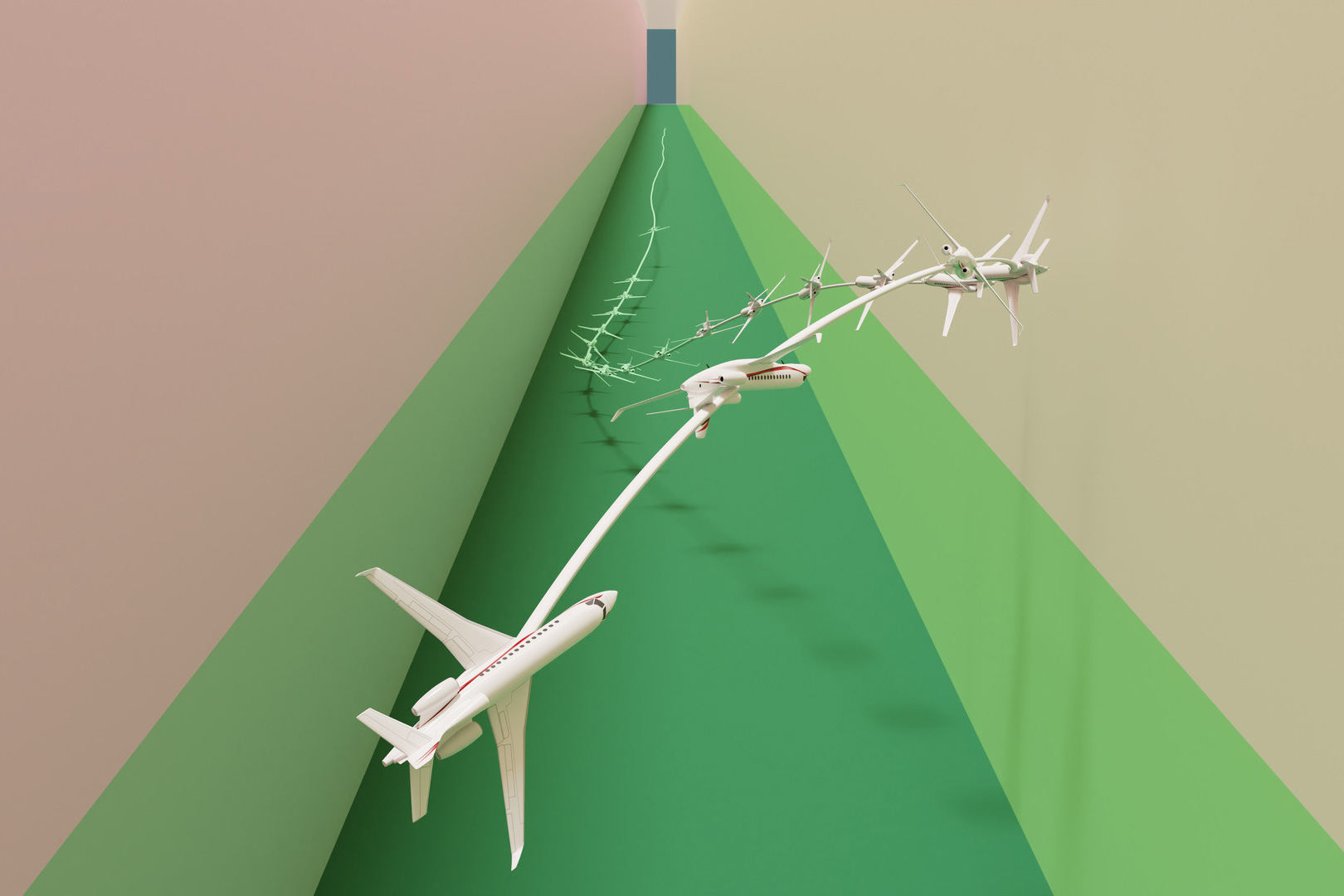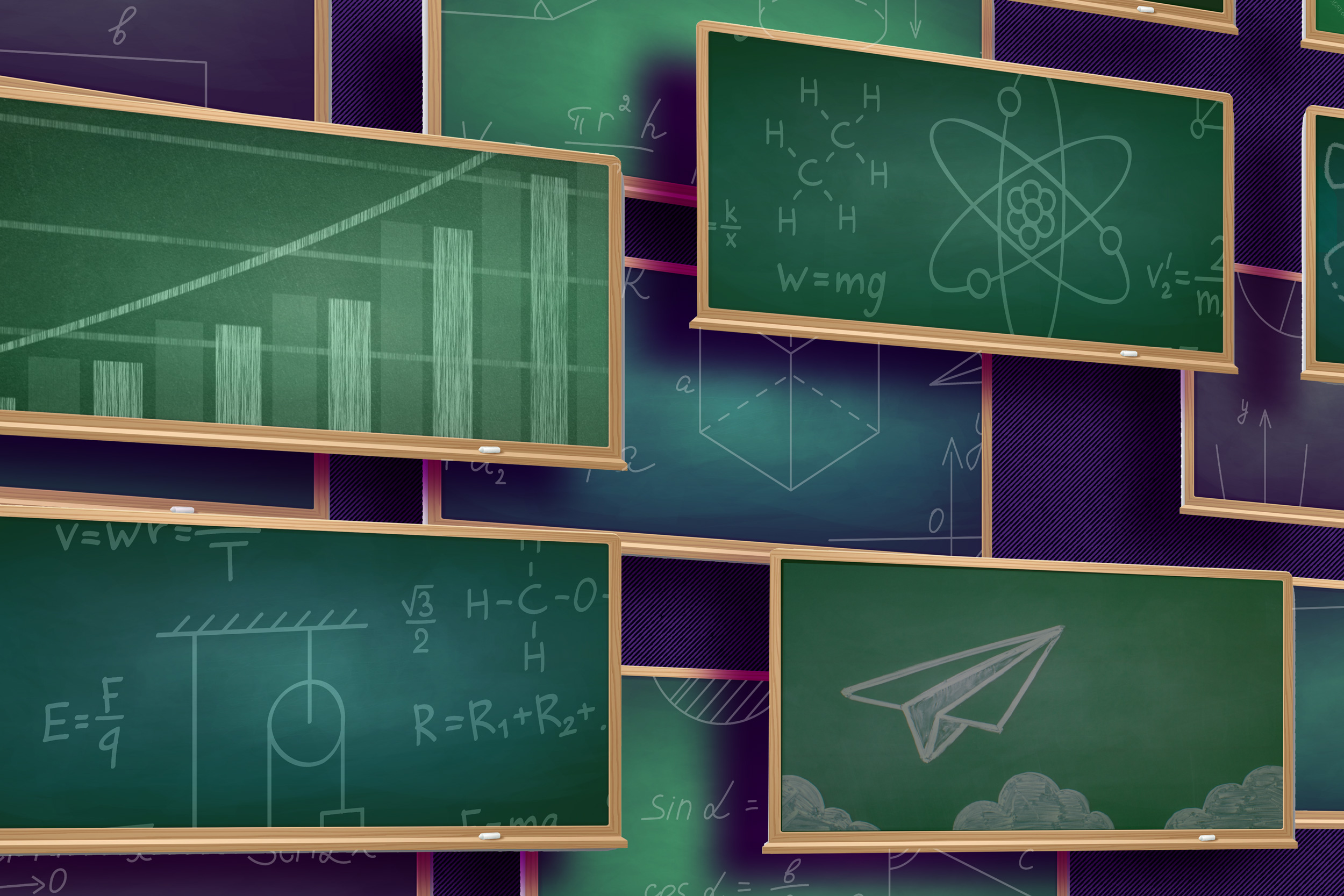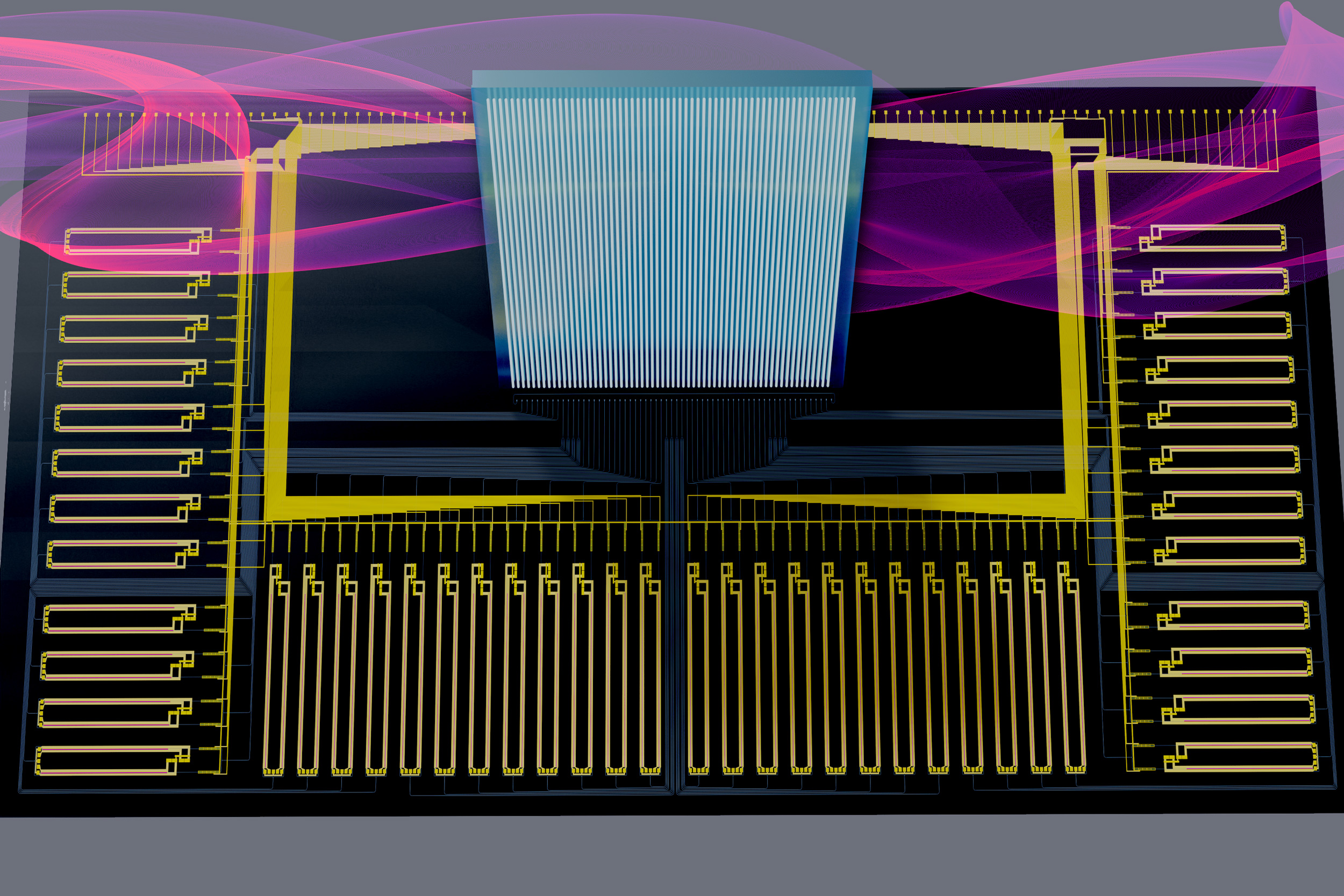A method to interpret AI might not be so interpretable after all
As autonomous systems and artificial intelligence become increasingly common in daily life, new methods are emerging to help humans check that these systems are behaving as expected. One method, called formal specifications, uses mathematical formulas that can be translated into …




